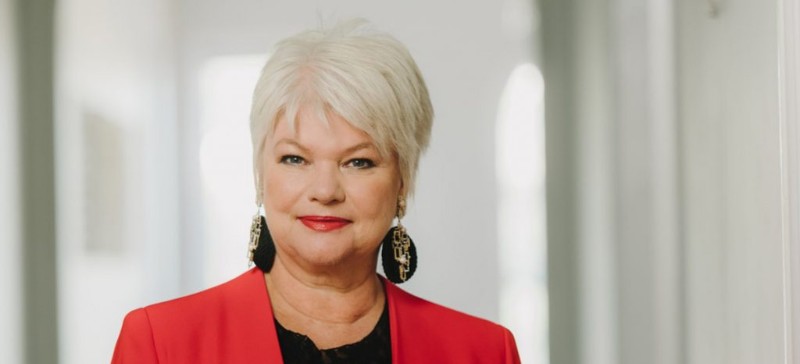The superannuation savings of Australian women needs a boost, not just in dollar-terms but in information awareness.
The average woman will retire with about 30 per cent less in superannuation savings compared to the average man.
If we look at AustralianSuper’s 2.2 million members, this gap equates to about $87,486 for women compared $125,534 for men.
The gap can be mostly attributed to the average woman working and earning less than the average man.
It’s concerning when you consider that most people need at least half a million dollars in superannuation to achieve a comfortable retirement, according to the Association of Superannuation Funds of Australia (ASFA).
Historically this gender gap in retirement savings has often been dismissed by a school of thought that everything works out in the end, as women tend to outlive men, inherit more wealth and often can claim on a partner’s super in divorce settlements.
But this thinking is dated and it ignores new information that can help women boost their retirement savings and close the gender gap.
Four simple ways that this can be achieved according to NGS Super acting chief executive Laura Wright are as follows.
Reach women early on with the benefits of compounding
The benefits of compound interest in superannuation are widely reported. The earlier a person starts saving money in super, and topping it up, then the more significant the returns are likely to be in the future.
The ability to top up superannuation, using before or after tax dollars, will often be restricted by everyday cash flow needs, not to mention contribution caps.
But we know that many women tend to make the bulk of weekly household budget decisions, so it’s a good idea to think about this and how some of this money could be better spent to help top up retirement savings.
For instance, having one less cup of coffee a week, could equate to about $25,000 in a standard diversified default super fund by the time you reach retirement age, thanks to the power of compound interest.
Make women aware of what’s actually available
There are a number of financial strategies available to help women top up their superannuation. It’s all about awareness and then making the most of what’s on offer.
For instance, women earning low-to-middle incomes of up to about $51,000 may be eligible for the government’s co-contribution of up to $500 if they contribute as much as $1000 a year.
Women may also be in relationships where their spouse is earning more and is able to make tax-effective contributions to her super account.
There are also employee benefits to be aware of, such as whether an employer pays above the normal Superannuation Guarantee (SG) amount, currently at 9.5 per cent, and if an employer pays super during parental leave and for how long.
Using a pay rise to top up superannuation
It’s often the case that the more money we earn, the more likely we are to find things to spend it on.
But if your clients are fortunate enough to get a salary increase, and if you managed to live on your old salary without much fuss, then they might not notice if they started adding more to their superannuation.
Take control of your super
Too many of us have superannuation spread across multiple funds and this is particularly the case with women as a result of many working part-time jobs around child caring responsibilities.
Consequently, this means that unnecessary fees are diminishing superannuation savings.
It’s as good a time as any to encourage more women to make this financial year the one where they consolidate their super and boost their savings.
Bianca Hartge-Hazelman is the founder of the Financy Women’s Index, of which OneVue is a sponsor. Get the latest from Financy by following their Twitter channel here.
The opinions expressed in this content are those of the author shown, and do not necessarily represent those of No More Practice Education Pty Ltd or its related entities. All content is intended for a professional financial adviser audience only and does not constitute financial advice. To view our full terms and conditions, click here.




